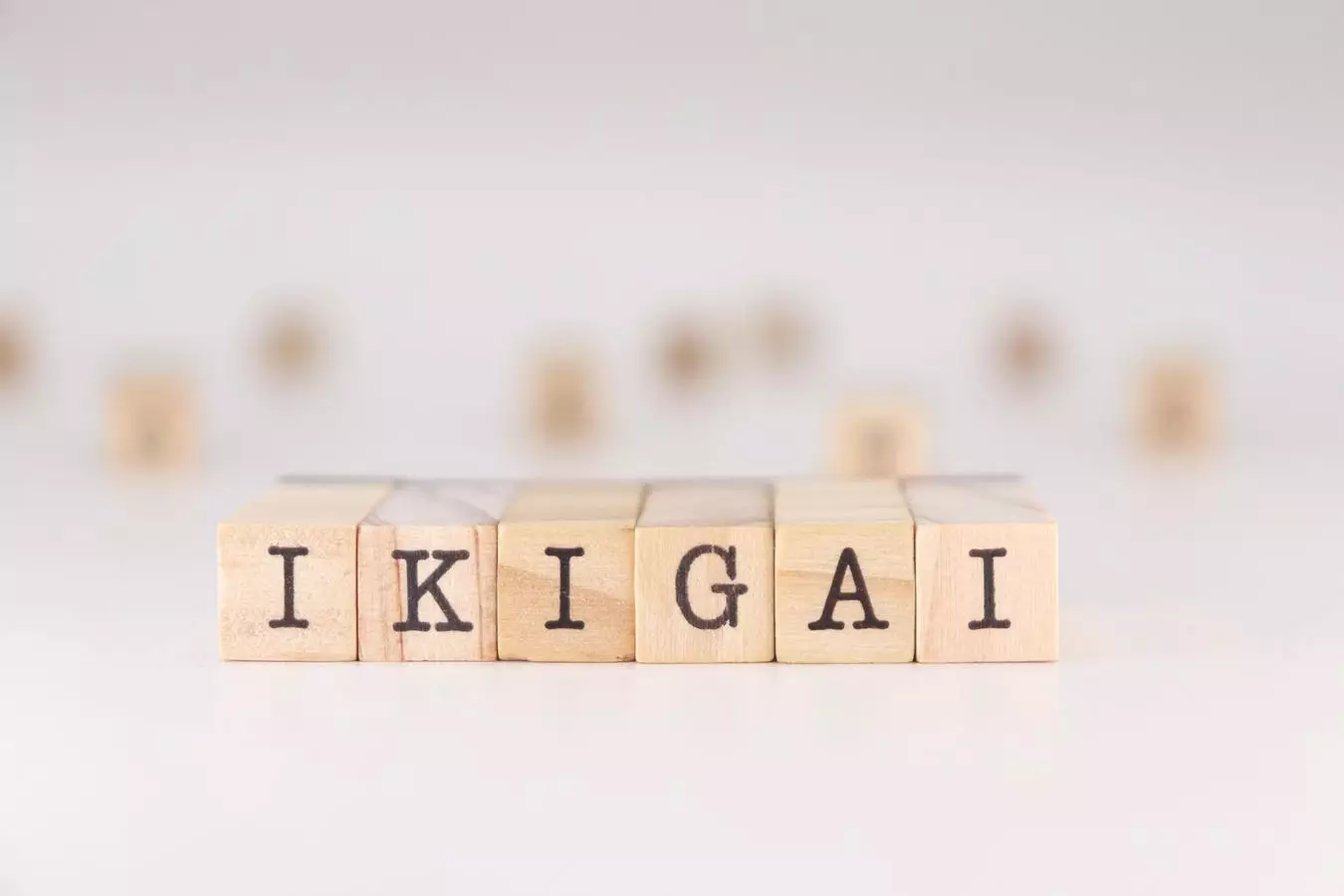Ikigai is a profound concept rooted in Japanese culture, which translates roughly to “a reason for being.” The term is derived from two words: “iki,” meaning life, and “gai,” denoting value or worth. Together, they reflect what it means to have a meaningful existence. This old yet timeless philosophy encourages individuals to uncover their purpose and passion, aligning their lives around what they love, what they excel at, and what brings joy to their existence.
In recent years, proponents of personal development and wellness have embraced Ikigai as a tool for finding balance and fulfillment. Unlike the Western approach of defining happiness through material success or achievements, Ikigai suggests that true contentment arises from realizing one’s potential and living a life of meaning.
One of the best examples of Ikigai in action is the journey of Dan Soha, founder of the unique kaiseki restaurant, Ikigai, in New York City. A former successful entrepreneur in the technology sector, Soha traded in a demanding life of extensive hours for a vocation that reflects his values and aspirations. For years, he experienced an internal void despite his professional achievements, encountering the common struggle of modern living—where we often chase success at the expense of our personal well-being.
Reflecting on his past, Soha recalls how his frequent travels to Japan, combined with a nostalgic connection to his childhood in the Bay Area, inspired him to explore the cultural significance of Japanese cuisine. Through the lens of Ikigai, he envisioned a place where culinary excellence could marry his passion for social responsibility, culminating in the restaurant that aims not only to nourish guests but also to give back to the community.
Ikigai is unique within the restaurant industry, functioning as a not-for-profit organization. This operational model allows Soha to pull together his financial management skills and his desire to alleviate hunger. Using the restaurant as a platform to serve a greater good, Soha directs all profits to food banks, specifically the organization Rescuing Leftover Cuisine. In a mere 121 days post-opening, the restaurant had already contributed more than $17,000, which was able to provide nearly 87 tons of food for those in need.
For Soha, the issuance of funds extends beyond financial contribution; it stands as a personal promise derived from his family’s history. Growing up in a stable environment, he was unaware of the struggles his immigrant parents faced in their youth. Learning of these hardships later ignited a commitment within him to take action against food insecurity. Thus, Ikigai represents both a personal and communal mission—a culinary establishment driven by human compassion.
At the heart of Ikigai is Chef Rafal Maslankiewicz’s innovative menu, which combines traditional Japanese elements with a modern flair. A kaiseki-style dining experience, priced at $185, allows patrons to savor seasonal dishes that reflect both cultural authenticity and artistic expression. Highlights include quail eggs presented alongside Hokkaido uni and heirloom potatoes that meld contrasting flavors into a refreshing dish.
The restaurant’s concept aims to create an atmosphere where patrons can genuinely appreciate the present moment, beginning with serene courses served in a tranquil tea garden. This intentional pacing encourages diners to engage mindfully with their meal, an approach that underscores the Ikigai philosophy—an invitation to relish the delightful flavors of life while fostering connections with one another.
While the modern interpretation of Ikigai frequently involves analytical frameworks—such as the well-known Venn diagram illustrating the intersection of passion, talent, need, and income—Soha invites a more intuitive approach. He argues that while diagrams can be helpful for brainstorming, they may also inadvertently complicate what should be a straightforward exploration of life’s purpose. True Ikigai is not merely what you do but deeply engrained in who you are at your core.
For Soha, the challenges inherent in establishing his restaurant have only reinforced his commitment to this philosophy. His wife’s unwavering support during moments of doubt illustrates the importance of surrounding oneself with encouragement while nurturing one’s fervent purpose. With the birth of his daughter, Soha is reminded that Ikigai can evolve; the journey of discovering and living one’s purpose can include multiple aspects, prioritized differently at various stages of life.
Ikigai is not merely a lofty concept; it is a lens through which each individual can examine their life. By understanding what fills our hearts, ignites our passions, and defines our values, we can craft lives that not only satisfy our personal desires but also contribute positively to those around us. The journey of the Ikigai restaurant is only one example of how living with purpose can manifest in the world. As people grapple with uncertainty and strive to find meaning amidst chaos, perhaps unlocking their own Ikigai can lead to a more fulfilling existence.


Leave a Reply